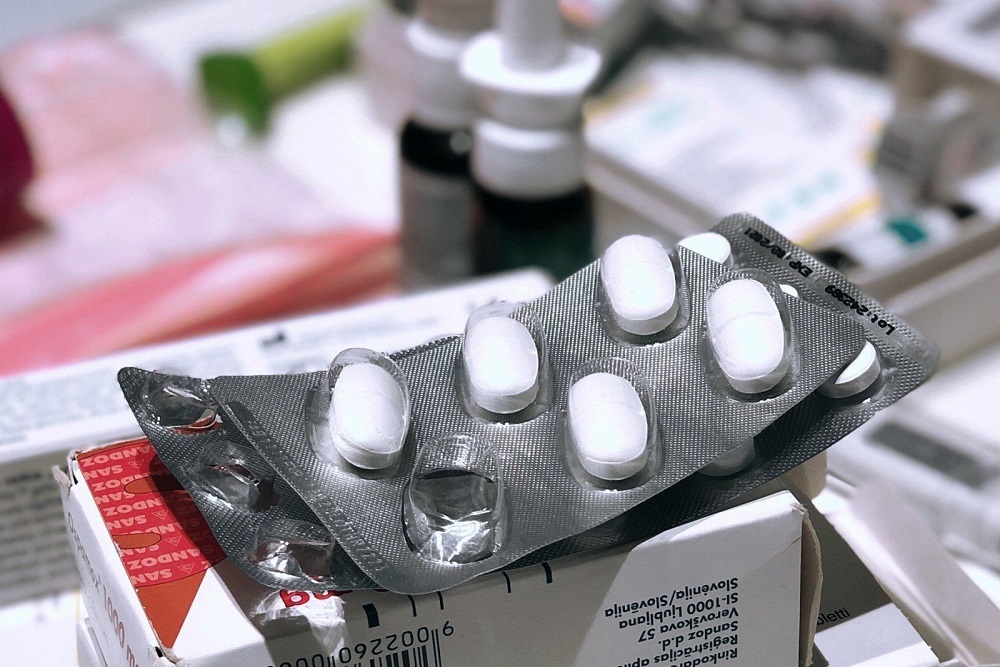
U.S. Food and Drug Administration issued the following announcement on Nov. 1.
Americans deserve to have confidence in the quality of drugs the U.S. Food and Drug Administration regulates – from the prescription medicines they take to the over-the-counter (OTC) products they use in their daily lives. Helping assure the quality and safety of these products is one of our greatest responsibilities. Over the past several weeks, the FDA has been investigating the detection of a contaminant known as N-Nitrosodimethylamine (NDMA) in ranitidine medications, commonly known by the brand name Zantac.
We set out to fully understand this issue and provide actionable information for Americans who use these medications. The information we’ve gathered as part of our ongoing ranitidine investigation has been vital to answering the questions we’ve received about the potential risk of these products. Throughout this process, we’ve been updating our website with new information, and we are again providing an update with the latest information.
The agency has tested numerous ranitidine products on the market over the past few months, and today we’re releasing a summary of the results we have to date. Through our testing so far, we have found levels of NDMA in ranitidine that are similar to the levels you would expect to be exposed to if you ate common foods like grilled or smoked meats. We also conducted tests that simulate what happens to ranitidine after it has been exposed to acid in the stomach with a normal diet and results of these tests indicate that NDMA is not formed through this process. Similarly, if ranitidine is exposed to a simulated small intestine environment, NDMA is not formed. However, we still must test the drugs in the human body to fully understand if ranitidine forms NDMA.
Although many of these levels of NDMA observed through FDA testing are much lower than the levels some third-party scientists first claimed, some levels still exceed what the FDA considers acceptable for these medicines. The calculated acceptable intake for NDMA in drugs is based on methods described in the 2018 ICH Guidance M7(R1) Assessment and Control of DNA Reactive (Mutagenic) Impurities in Pharmaceuticals to Limit Potential Carcinogenic Risk. If we or the manufacturers find NDMA levels above the acceptable limits (96 nanograms per day or 0.32 ppm), we’re now asking companies to voluntarily recall ranitidine. We would also ask manufacturers to voluntarily recall nizatidine, commonly known as Axid, if they found NDMA above the acceptable daily intake level because it is chemically similar to ranitidine.
We’re also asking manufacturers to continue conducting their own laboratory testing to examine levels of NDMA in ranitidine and nizatidine as well as to send samples to the FDA to be tested by our scientists. Additionally, we have requested that manufacturers of nizatidine test their drugs. We are still working with manufacturers to investigate the true source of NDMA and to understand the root cause of the low levels of NDMA present in the drugs.
In the meantime, our recommendations for consumers and patients have not changed. Consumers taking OTC ranitidine or nizatidine can consider using other OTC products approved for their condition. So far, the FDA and industry testing of medicines in the histamine-2 (H2) blocker and proton pump inhibitor (PPI) classes has identified NDMA only in ranitidine and nizatidine. The FDA’s tests of samples of alternatives such as Pepcid (famotidine), Tagamet (cimetidine), Nexium (esomeprazole), Prevacid (lansoprazole) and Prilosec (omeprazole) show no NDMA impurities in the medicines.
Patients taking prescription ranitidine or nizatidine should speak with their health care professional about other treatment options. There are multiple drugs approved for the same or similar uses as ranitidine and nizatidine. Additionally, in our testing of ranitidine syrup, primarily used in neonates and pediatric patients, some samples yielded levels of NDMA above the acceptable daily intake level in some lots. Medicines with unacceptable levels are being recalled. We understand the concern we’ve been hearing from parents and pediatricians, and we’ll continue to investigate. Testing of ranitidine for injection is still ongoing.
We’ve been asked if testing methods have changed since these products were approved, and whether, in light of this situation, we should look at the safety of other older drugs. Drug manufacturers and the FDA continually gain knowledge about drugs, which is why the FDA constantly evaluates quality and safety information as it is learned. As testing methods have become more sophisticated and sensitive, the FDA and industry can identify and mitigate previously unknown risks to patients. This is something we are thoroughly aware of, and we have ongoing assessment, surveillance, compliance and pharmaceutical quality efforts across every product area to work to ensure similar impurities can be kept out of our drug supply.
We also maintain a robust practice of postmarket surveillance and risk evaluation programs to identify adverse events that did not appear during the product development process. Evaluations occur on more than two million adverse event reports submitted every year to the FDA Adverse Event Reporting System (FAERS) through the MedWatch Program by patients, family members and health care providers, as well as adverse event reports submitted by regulated industry. We use this information to identify safety concerns and recommend actions to improve product safety and protect the public. Patients and health care professionals are encouraged to report any adverse reaction to the agency’s MedWatch program.
We know impurities in medicines are of great concern to patients and consumers who rely on safe and effective medicines approved by the FDA, and we are working with manufacturers and global regulators to provide clear and actionable information. These investigations take time and do not provide instantaneous answers. The FDA is committed to sharing all findings when we have adequate understanding of the situation and of what actions should be taken. We will continue to work with drug manufacturers to ensure safe, effective, and high-quality drugs for the American public.
Original source can be found here.




